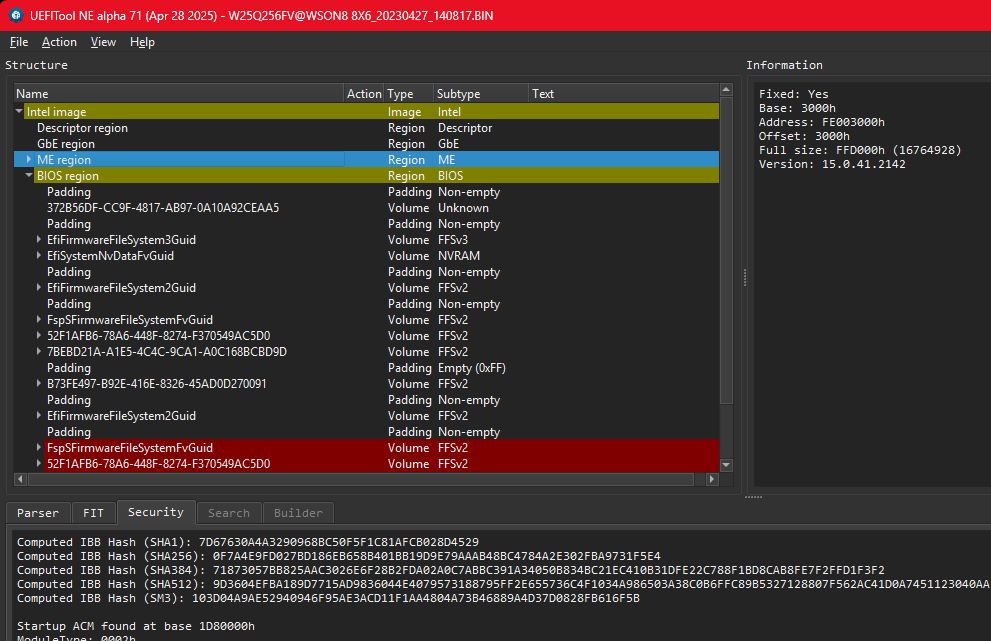Hello, I’m a newbie to this forum,
At first, everything was working fine; then, suddenly, when I was shutting down the notebook, it failed to shut down. The LED on the keyboard was blinking. After a reboot, I was faced with the HP Sure Start screen stating my Intel ME was corrupted and attempting to perform a recovery. When I press any keys, HP Sure Start does not show the recovery screen, and the system boots directly into Windows.
In the Device Manager, I see Intel Smart Sound Technology OED fail to start, generating error code 10 stating “W did not send FW Ready notification.” This is accompanied by failure the Windows and UEFI to detect my internal Microphone
Another thing I observe is backlit keyboard fails to light up on keypress, but when I disable it, the automatic Backlit keyboard setting the backlit works. I also notice the orange mute speaker LED (F5) does not light up when I mute Windows. The mute mic also remains off.
If anyone can assist me in performing diagnostics and repairs, I will be very grateful.
My notebook is an HP ZBook Firefly 14-inch G8 Mobile PC Workstation. My Chipset is is Intel Tiger Lake-UP3 PCH-LP.
